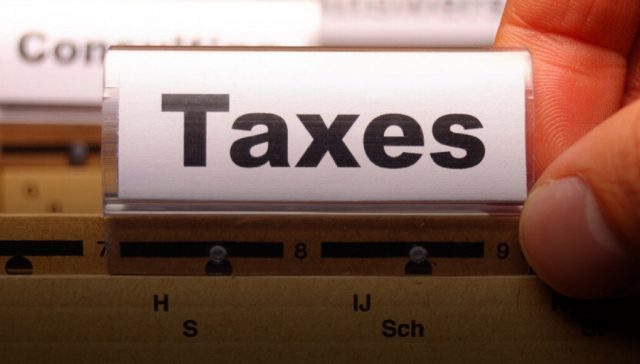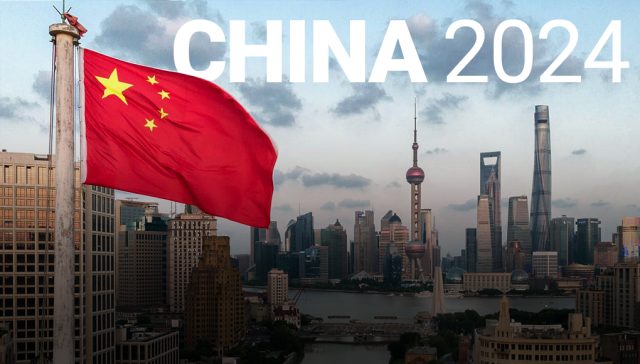The Missing Ingredient – Assimilation
When Al Grassby was Immigration Minister in the Whitlam government in the early 1970s, he announced that multiculturalism was to be Australia’s future policy. Assimilation was over.
There was a time when Australia actively promoted assimilation. It was the late nineteenth and early twentieth centuries and applied to Aborigines, varied by state and location, involved the removal of vulnerable children from families, included an obligation to learn English, discouraged speaking local languages, and prohibited certain customary practices – particularly those involving violence.
But Grassby was not referring here to Aborigines or to policies from the distant past. Nor was it a reference to the White Australia policy, which the Whitlam government had officially ended. His comment was about new immigrants and implied that they had been subject to a policy of assimilation.
In the generally accepted meaning of the word, this was complete nonsense. What Australia had was a policy of promoting integration. And, as history shows, it had been remarkably successful.
The point is, values matter. Australia does not need multiculturalism.
Mostly European and British, Australia’s post-war immigrants were referred to as “New Australians”. Although encouraged to learn English, they were never asked to disown their origins. There were free English classes for adults, and parents were required to send their children to school, like everyone else, where lessons were conducted in English. The kids often became interpreters for their parents.
Most immigrants became Australian citizens relatively quickly, the only negative being they had to renounce the citizenship of their original country; Australia did not permit dual citizenship until 2000.
If the immigrants themselves had mixed feelings, the second or third generations saw themselves as Australians first and their country of origin second. Immigrants married other immigrants, their children married other immigrant children, and many went on to be highly successful.
The Whitlam government also began to admit significant numbers of people from Asia, initially Vietnam and Cambodia. And while there were pockets of resistance to this, with Whitlam himself wary of accepting anti-communist Vietnamese refugees, these also integrated well. Later waves from places such as Sri Lanka, Mauritius, Hong Kong, Malaysia and India were equally successful.
But then something changed. Certain immigrants began to form enclaves and avoid contact with other Australians They also made minimal effort to learn English. The men often went back to their country of origin to find a wife, even if they were born in Australia, refusing to contemplate finding one locally.
Most importantly, they became contemptuous of Australian culture and values while demanding respect for their own. This was not about football, music or food, but core aspects of liberal democracy: equality before the law, presumption of innocence, respect, democracy, free speech, economic opportunity, and tolerance. This was accompanied by a major upsurge in violent crime and welfare fraud.
While it obviously reflects a failure to integrate, this is nonetheless multiculturalism. The culture of these people is maintained in parallel with Australia’s traditional culture.
If the immigrants themselves had mixed feelings, the second or third generations saw themselves as Australians first and their country of origin second.
After several decades of this, Australia’s laidback ‘live and let live’ culture is now under serious challenge.
In a number of countries in Europe, the same issue has arisen. Several are now abandoning multiculturalism in favour of active integration. Perhaps it could even be called assimilation.
The Netherlands, for example, now requires most immigrants (including asylum seekers) to undertake a “civic integration” examination within three years of arrival. The examination tests knowledge of the Dutch language and society, and a pass is required to obtain permanent residence and citizenship. Certain classes of prospective immigrants must also pass a test even before they first enter the country. The pass mark is being steadily raised.
It is obvious that Al Grassby’s policy is no longer appropriate, if it ever was. Liberal democratic values are jeopardised when authoritarian, doctrinaire or anti-liberal cultures are given equal standing. The presumption of innocence took a major hit in the Higgins case, for example; equality before the law came under threat with the Voice referendum; freedom of speech faces yet more limits with the Government’s Misinformation and Disinformation bill; and economic opportunity is being squeezed by excessive taxation and red tape. Meanwhile, tolerance is challenged by cancel culture and antisemitism.
None of these is directly attributable to a failure of immigrants to integrate, but they indicate a lack of national commitment. If traditional values are not defended, alternative values will inevitably gain a foothold.
There are multiple ways to rectify this problem. Australia already has an integration test for citizenship, for example, but it could be made more like that of the Dutch. There are many sources of potential immigrants, so we could select those most likely to integrate (most of those refusing to integrate come from the Middle East). And we could also make it abundantly clear to prospective immigrants that they are expected to adapt to Australian culture, not vice versa.
The point is, values matter. Australia does not need multiculturalism.

David Leyonhjelm was an Australian Senator from 2014 to 2019 representing New South Wales for the Liberal Democratic Party. Notable for his libertarian consistency, David’s work in Senate Estimates attracted acclaim worldwide for its forensic examination of government
waste. Professionally, he is a veterinarian and agribusiness consultant.


























